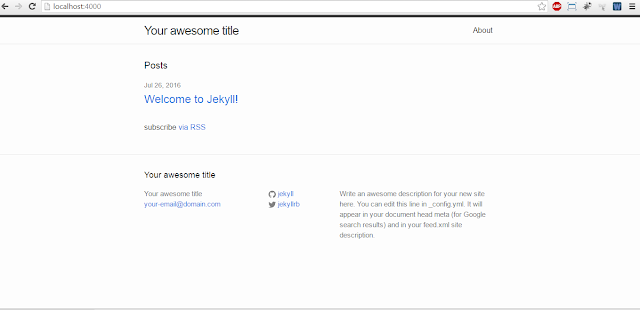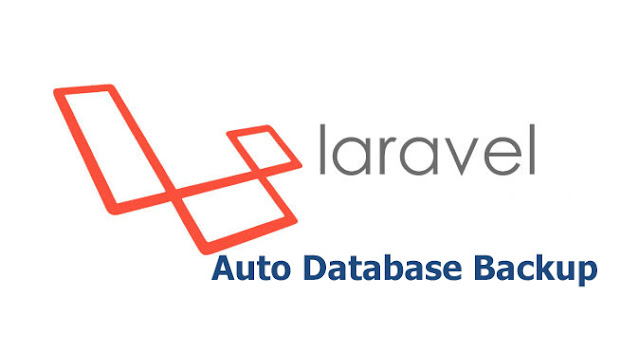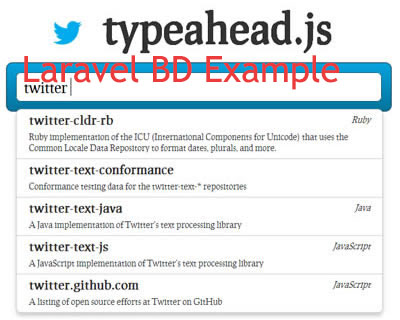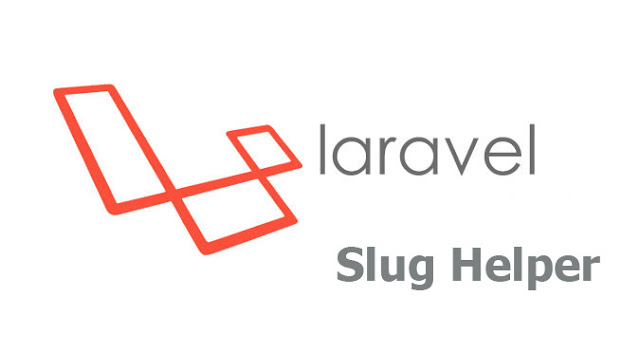How to create custom facade in laravel?
Why using custom Facade?
To reduce code repetition, reduce repeated function in your application. So code will be more optimized and organized. So custom Facade will help you to use the function in anywhere in your application. So let's start how you can create a custom facade.
1. First create a file in App directory in your project. Here as an example i have created a file named
javed. And then create a class called
DemoClass.php inside in your
javed folder. So directory would be like:
App\javed\DemoClass.php
inside of your
DemoClass.php let's write a function which we gonna use in different places. Write the code like following way:
<?php
namespace App\javed;
class DemoClass {
public function calculateSum($a,$b)
{
return $a+b;
}
public function calculateSub($a,$b)
{
return $a-$b;
}
}
2. Now we have crate a service provider for binding the class. So let's open cmd in your project and run the following command:
php artisan make:provider 'DemoClassServiceProvider'
it'll create a empty ServiceProvider class inside of your
App\Providers directory named
DemoClassServiceProvider.php
3. Now in
DemoClassServiceProvider.php class rewrite the
register() method in following way:
DemoClassServiceProvider.php:
<?php
namespace App\Providers;
use Illuminate\Support\ServiceProvider;
use App;
class DemoClassServiceProvider extends ServiceProvider
{
/**
* Bootstrap the application services.
*
* @return void
*/
public function boot()
{
//
}
/**
* Register the application services.
*
* @return void
*/
public function register()
{
App::bind('democlass', function()
{
return new \App\javed\DemoClass;
});
}
}
4. Now we have create a Facade class inside of
App\javed directory:
<?php
namespace App\javed;
use Illuminate\Support\Facades\Facade;
class DemoClassFacade extends Facade
{
protected static function getFacadeAccessor()
{
return 'democlass';
}
}
5. Now we have to register our own created ServiceProvide in Config\app like the following way:
// In Providers Array
App\Providers\DemoClassServiceProvider::class,
// In Aliases Array
'DemoClass'=> App\javed\DemoClassFacade::class,
6. Now run the following command in cmd:
composer dump-autoload
7. Our task almost done. Now Let's see how we can use the Facade in in our application:
Route::get('democlass', function(){
$sum = DemoClass::calculateSum(3,4);
$sub = DemoClass::calculateSub(6,3):
print_r($sum); echo '<pre>';
print_r($sub);
});
Now if you access the route, We'll see the the output in first line as 7 and second line as 3.
So that's it, Now you can use this
calculateSum() and
calculateSub() in anywhere in your application.
Hope this tutorial is useful for you. Important topics will be covered soon. So stay connected with my blog. Thank you!

















